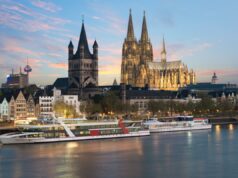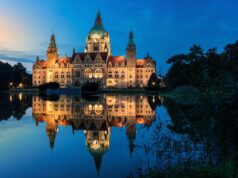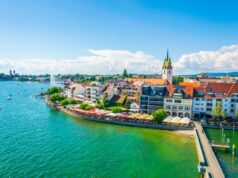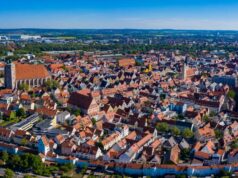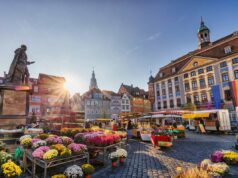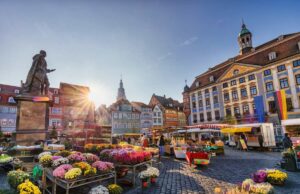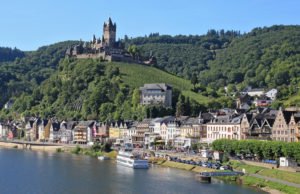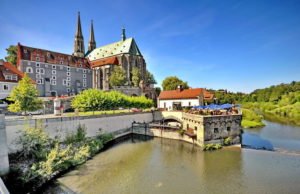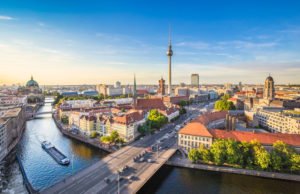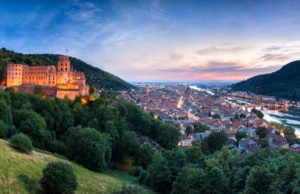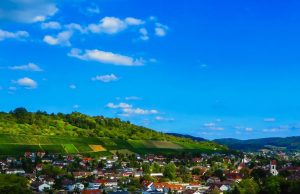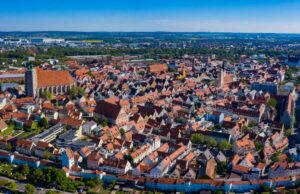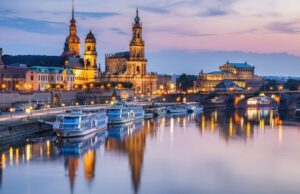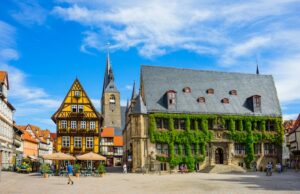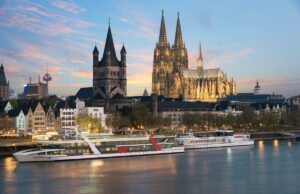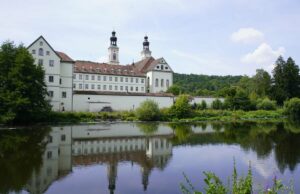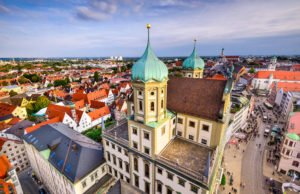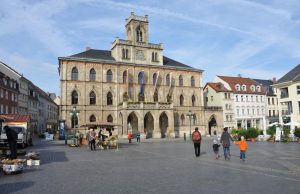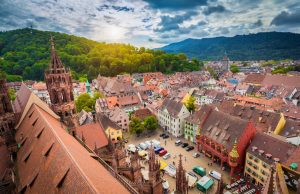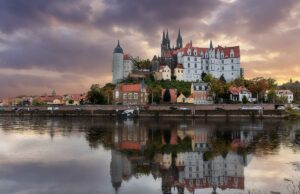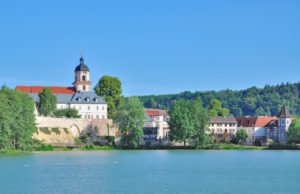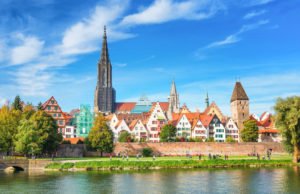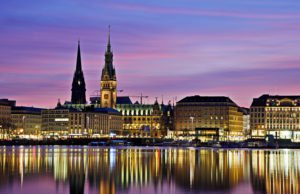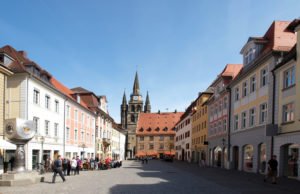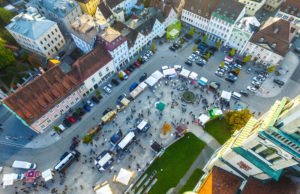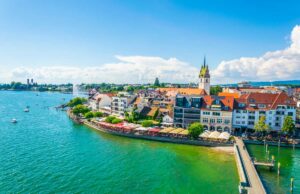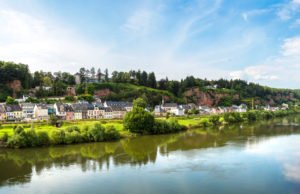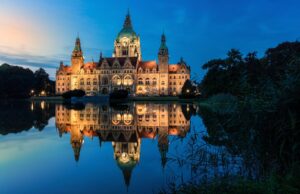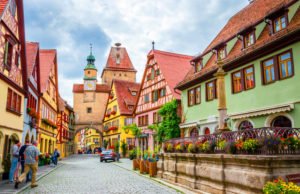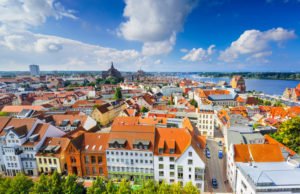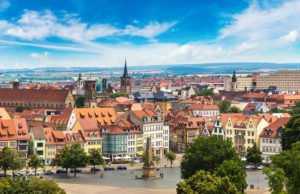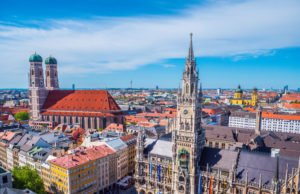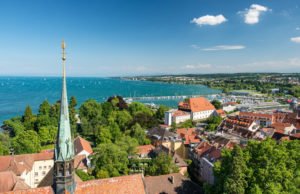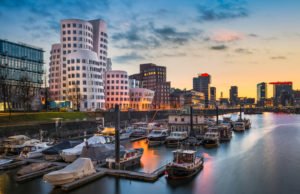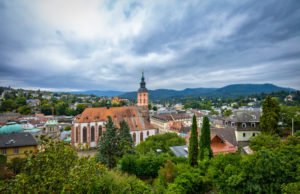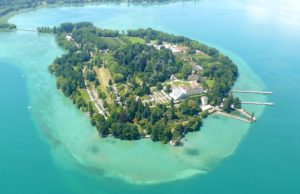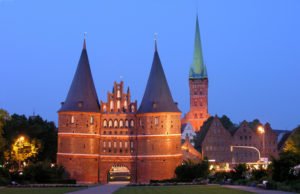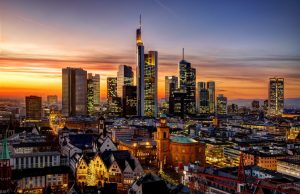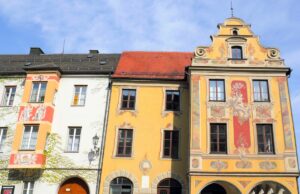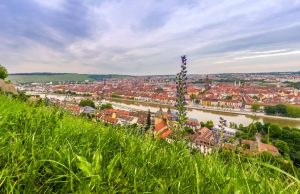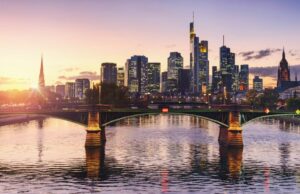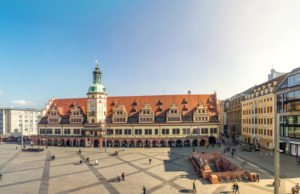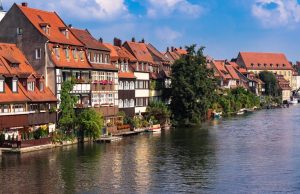
Location
Founded by St. Boniface in 742, Erfurt’s scenic squares and cobblestone streets sit on the banks of the Gera River. The capital of Thuringia, it is known as the city of flowers and for its links to Martin Luther.
Erfurt is only a few hours from many of Germany’s cities and easily reached by car, train and plane. The city is north of the A4 and the A71 autobahn, while the B4 and B7 motorways link Erfurt with Hamburg, Kassel and other communities. Erfurt-Weimar Airport is the closest airport, although major airports in Frankfurt, Berlin and Munich are only two hours away by rail. InterCity and InterCityExpress trains also connect the city with destinations across Germany and Europe.
What to See
Situated in the heart of Germany, Erfurt’s collection of cultural and architectural wonders span centuries. Old timbered houses and baroque facades line the narrow alleys of the Old Quarter, while the charming little bridge links the banks of the river. From its romantic old town to its magnificent cathedral, the city has many medieval treasures to explore.
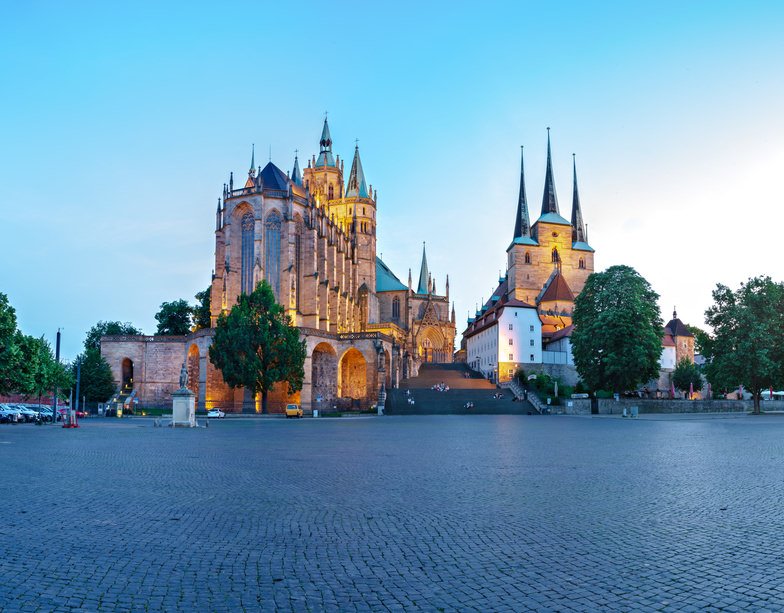

The late Gothic Cathedral of St. Mary and its striking Romanesque tower is a magnificent landmark in the Old Quarter. Walk into the neighbouring Church of St. Severus and discover its five-nave Gothic hall. Together, these religious sites dominate Erfurt’s cityscape and overlook Domplatz, the city’s market square. Fischmarkt is surrounded by amazing Burgerhouses and the wonderful town hall. Another highlight is the row of buildings along the Merchants’ Bridge, one of the longer bridges with residential houses in Europe.
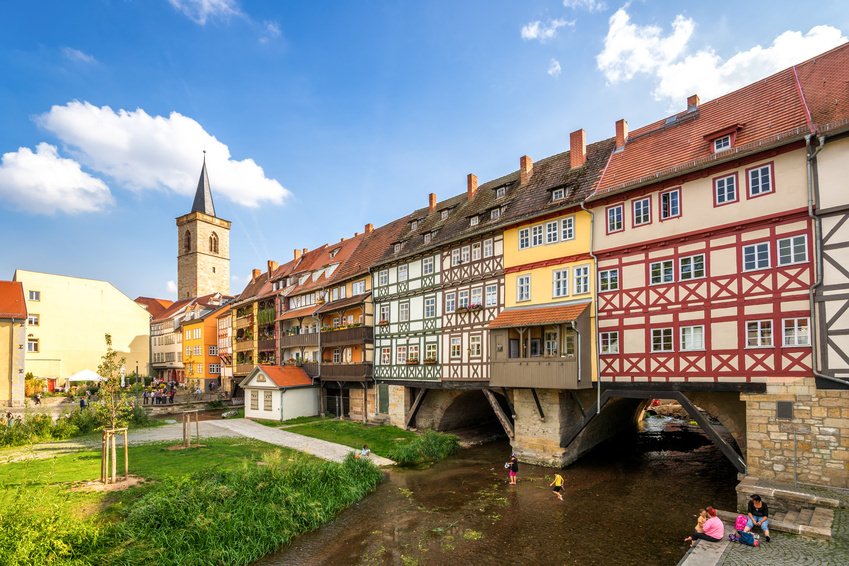
Along with its medieval heritage, Erfurt is known for its many Jewish sites. The Old Synagogue is among the best preserved medieval synagogues in Europe. The impressive monument is one of the finest buildings in Thuringia. Other historic sites include the baroque Petersberg Cathedral and the fourteenth-century Erfurt Protestant Augustinian Monastery, where Martin Luther studied from 1505. The monastery, also known as the Augustinekloster, is also the site of the third oldest university in Germany.
With more than 1,100 animals, the Thuringian Zoo is home to species from every continent. The family-favourite has African elephants, giraffes, monkeys, white rhinos, and much more. Another welcoming attraction for families is Egapark Erfurt, just one of the city’s many parks and gardens. The beautiful park boasts botanical gardens, conservatories, a children’s farm, adventure playground, and a butterfly house.
Best Time to Visit
An unforgettable destination regardless of the month, Erfurt is a year-round destination. It comes alive during the summer with the Cathedral Steps Theatre Festival. The steps linking Domplatz with the Cathedral and the Church of St. Severus are transformed into a unique festival stage for orchestras, theatre, singers and other performers. In December, the Domplatz also hosts Erfurt’s annual Christmas market.
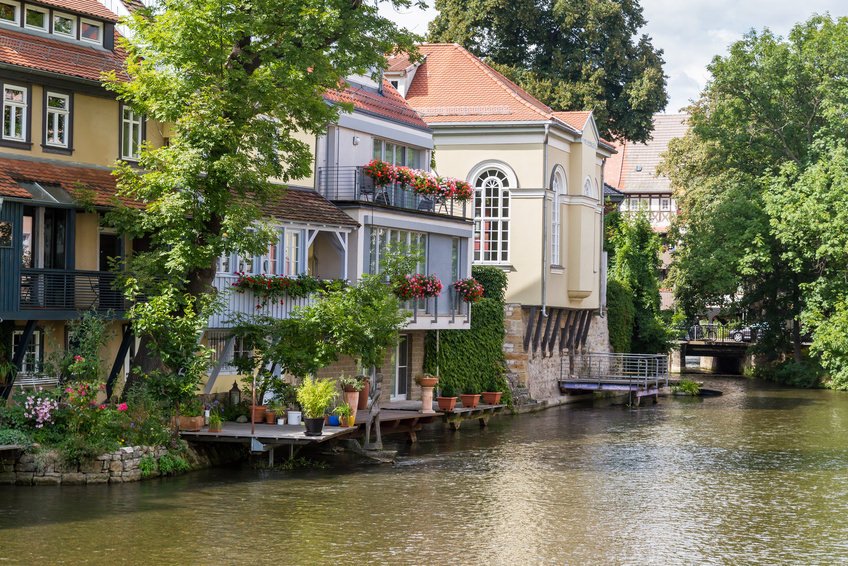
Where to Stay
Erfurt has a superb collection of hotels for any budget. The five-star Dorint Hotel am Dom Erfurt is a fabulous hotel with an elegant spa and luxurious rooms in the heart of the Old Town. Am Kaisersaal Hotel is another beautiful option in Old Quarter. The four-star Mecure Erfurt Altstadt Hotel is just two minutes from the city’s famous medieval bridge. Its restaurant serves traditional Thuringian food, while its free spa is a great place to unwind after a day out exploring Erfurt.
Hotel Brühlerhöhe is only a kilometre from the Cathedral. Its sunny garden terrace and exceptional amenities make it a favourite close to the city centre. Radisson Blu Erfurt Hotel is about ten minutes from the historic centre and offers guests world class facilities, including a spa and fitness centre. Another top choice outside the city centre is the Carat Hotel, a four-star hotel with scenic views of the city.
Housed in the city’s old opera house, the Opera Hostel provides affordable accommodation close to the central rail station. Hotel Krämerbrücke has been transformed from a former medieval guesthouse into a popular hotel for business or pleasure. The family-run Pension Amplonius is right in the old town and has its own beer garden. Another affordable option is the Ibis Erfurt Altstadt Hotel close to the train station.
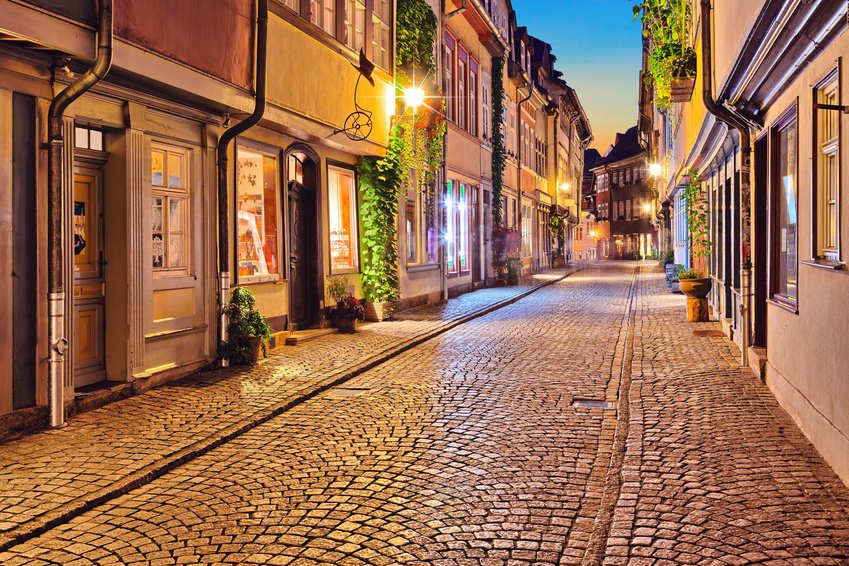
Public Transport
Much of Erfurt’s city centre is easily explored on foot. There are regular transport services, including trams throughout the city. Most trams operate at 10 minute intervals during the day, although they are less frequent in the evening. Night buses are convenient options for travel after midnight.
Shopping
Erfurt’s shopping district covers much of the city centre, including along Anger, Bahnofstrasse, Schlösserstrasse and Marktstrasse. Virtually every European and international shop is found on the streets of Erfurt, from Zara and C&A to Mango and H&M. Anger 1 is the city centre’s largest shopping centre, while Thüringenpark is about 20 minutes from the heart of Erfurt. For more traditional crafts and souvenirs, visit the Krämerbrücke bridge. Most shops close at 8 p.m. in Erfurt, and shops are closed on Sunday.
Food and Drink
Erfurt’s Thüringer Bratwurst is perhaps the city’s most famous dish, and the sausage is known throughout Germany and beyond. Several stalls sell this world-renowned sausage. The German Bratwurst Museum also pays homage to Thuringia’s specialty. The museum is reached by the existing A4 at Wandersleben and driving towards Holzhausen.
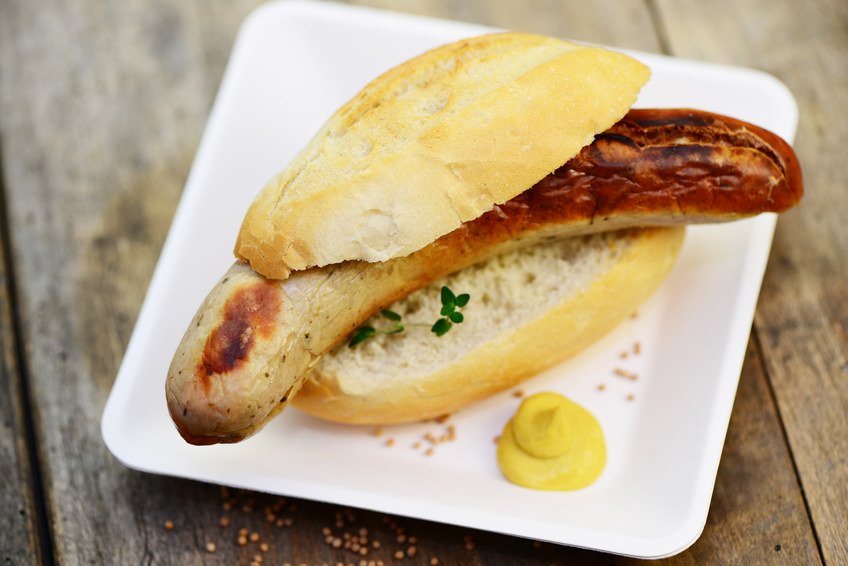
Another local favourite is the hearty potato casserole, which Tolle Knolle serves perfectly. Potato dumplings are also among the city’s classics. One of Erfurt’s oldest restaurants, Gasthaus Feuerkugel serves homemade dumplings as well as other Thuringian dishes. Zum Eisernen Handschuh close to the Augustinian monastery also has a menu filled with classic Erfurt favourites, including potato dumplings. For a genuine medieval experience, try authentic kebabs and other street fair delicacies at Wirtshaus Christoffel. The unique dining experience is housed within a twelfth-century customs and guard house.

Nightlife
There are several small bars in the centre of Erfurt, many of which are focused along Michaelisstrasse near Fischmarket. Michaelisstrasse’s fine collection of bars includes Hemmingway, a sophisticated venue for cigar aficionados.
Most of the city’s clubs are open on Wednesdays, Fridays and Saturdays. House and rock music dominate Musikpark on Willi-Brandt-Platz, while house music echoes through Club 1 on Steigerstrasse. For more alternative music, visit Engelsburg (also known as E-Burg) on Allerheillgenstrasse. Drum and Base, Electronic and House are on the playlist for Club Centrum at Anger. Presseklub on Dalbergsweg close to the city is known for its themed nights, including salsa parties and nostalgic music celebrating the 70s and 80s.
Trips Out
Erfurt is surrounded by rolling hills, providing a scenic backdrop for the city. Steigerwald offers a tranquil escape from the city. The 700-hectare woodland’s 36 kilometres of trails are easily explored on foot or two wheels. Cafes and restaurants are ideal for stopping to appreciate the lush surroundings of the forest.

As former gravel mines, Stotternheimer See and Alperstedter See are now popular destinations for swimming and other watersports. Cycling and hiking trails are also idyllic ways to experience this beautiful recreational area outside Erfurt. Hohenfelden Reservoir Park has its own lakeside promenade and campsite. There is also an animal enclosure plus a nature trail around the lake. Hohenfleden is also home to the Avenida Thermal Baths, a perfect place to relax.
Thuringia’s castles dot the picturesque landscape outside Erfurt. Gleichen Castle is infamous for the legend of Count con Gleichen, who brought back a second wife following the Crusades. Mühlburg Castle is the oldest castle in the region, while a robber baron seized Wachsenburg Castle in 1441 to launch raids on Erfurt. The three castles form the Drei Gleichen, a conservation area about 20 kilometres from the city.
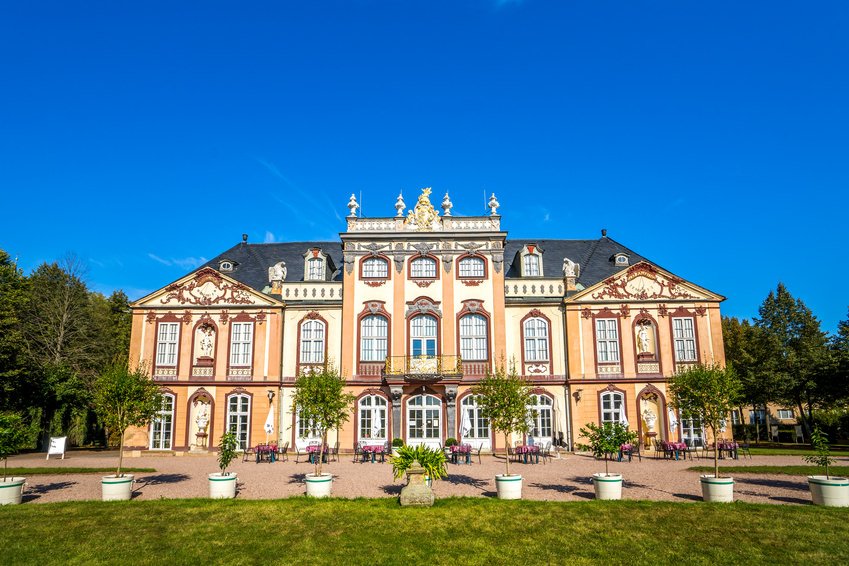
For history buffs, the Thuringian Open Air Museum has 30 buildings from the seventeenth to twentieth century. The museum brings to life the story of the region’s rural experience. The late baroque Molsdorf Palace is also worth a visit. Known as Thuringia’s Versailles, the eighteenth-century palace was home of Prussian diplomat, Count Gustav Adolf von Gotter. Kapellendorf Moated Castle traces its roots back to the ninth century and is one of Europe’s largest moated castles.


